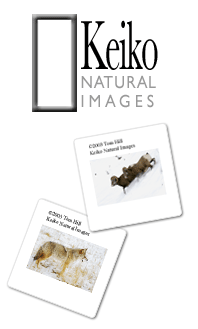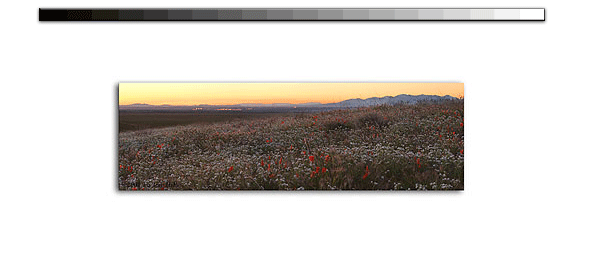|
Color Calibration Or, making your displays, printers, and cameras tell the truth
By far, the most difficult to understand aspect of a digital darkroom is color calibration. Articles, articles, and more articles have been written on the subject. Ive seen long , sage advice given on the subject on some of the more technical message boards. Anyway you slice it, the subject is difficult to understand. But, once you do it becomes so simple. The basic point of color calibration is making your different devices tell the truth. Actually, I think it would be more accurate if I said the point of color calibration is making your devices tell the truth mostly. Without getting trapped into discussing too many details, Ill say the only way youll get what you want out of your digital darkroom is youll have to calibrate each of you devices. Usually you can get by with monitor and printer profiles. Only the most persnickety need to have their cameras profiled. That little issue is another long discussion I wont get into now. Suffice to say I calibrate my monitor myself and depend on commercial venders for my printer profiles.
If youre an Adobe Photoshop user, you can use Photoshops software based color calibration tools as a start for your monitor. While its much better than doing nothing, in the end I think youll find it wanting once you understand whats going on. I made this discovery after a year of dealing with prints that many times didnt look quite right. I went with a hardware calibration solution by PhotoCal. They provide fairly low cost hardware calibration solutions with different software options depending on your needs. I went with the least expensive which has met my needs fairly well.
All of my displays are calibratedlaptop, LCD, and CRT. While the laptop looks much better than before, I still dont consider it good enough for really serious color editing. Both the LCD and CRT look wonderful. As I mentioned before, I prefer the CRT as the display of choice for really precise color editing. About once every six months I re-calibrate my displays. Over time each will change. The displayed colors will transform slightly. While the change isnt really significant, I re-calibrate on occasion to keep my system as accurate as possible. Otherwise, why spend so much money on the best equipment when you arent really getting what you want?
Printing Making your friends say wow
To me this is where it all comes together. The whole point of building a darkroom comes down to the print. For me, theres something about making an outstanding print that just makes me wish I was doing it more. The great thing is todays technology makes producing them about a million times easier than during the dark old years of traditional chemical darkrooms. I love being able to make reproducible outputs time, after time, after time. I love that all I have to do to print an image is find the file on my computer and hit the print button. Its that simple. Not only that, the technology seems to be improving and improving at incredible rates. Just two years ago I wouldve never considered making archivallonger than 25 years lightfastnessphoto quality prints at an affordable cost. Yet today, I can make wonderful prints thatll last longer than the highest quality Cibachromethe previous oooood and awwwwd technologyfor about $1.50 bucks an 8.5x11 image. Thats cheap! Im impressed and heres what I do.
My main printer is the latest in a outstanding family of photo quality printers from Epson. Its the most recent generation of the Epsons 1200, 1270, 1280, and 2000 printers. At a street price of $700 bucks it isnt cheap. Not nearly has inexpensive as those other office style printers. But, its capable. Its seven coloractually five colors and two different blackspigment ink system is wonderful. Without getting into a real review of this printer, Ill say when properly profiled, its prints are amazing.
Now that I said all these rave things about the Epson 2200, you have to know learning how to use your computer, calibrate the monitor, learn Photoshop techniques isnt a small task. It doesnt take some highly skilled image warrior to learn all this stuff but it does take a finite amount of effort. The only question is if youre willing to tackle the challenge or not.
End of the line The final part of the story
Hopefully youve gained a little insight as to how I have my digital darkroom configured. There are many, many, many more details that have to be considered before even beginning to produce consistent, outstanding, archival quality prints. Dont worry, its completely doable by anyone. If I can, you certainly can.
Cheers
Tom
|
|
|




